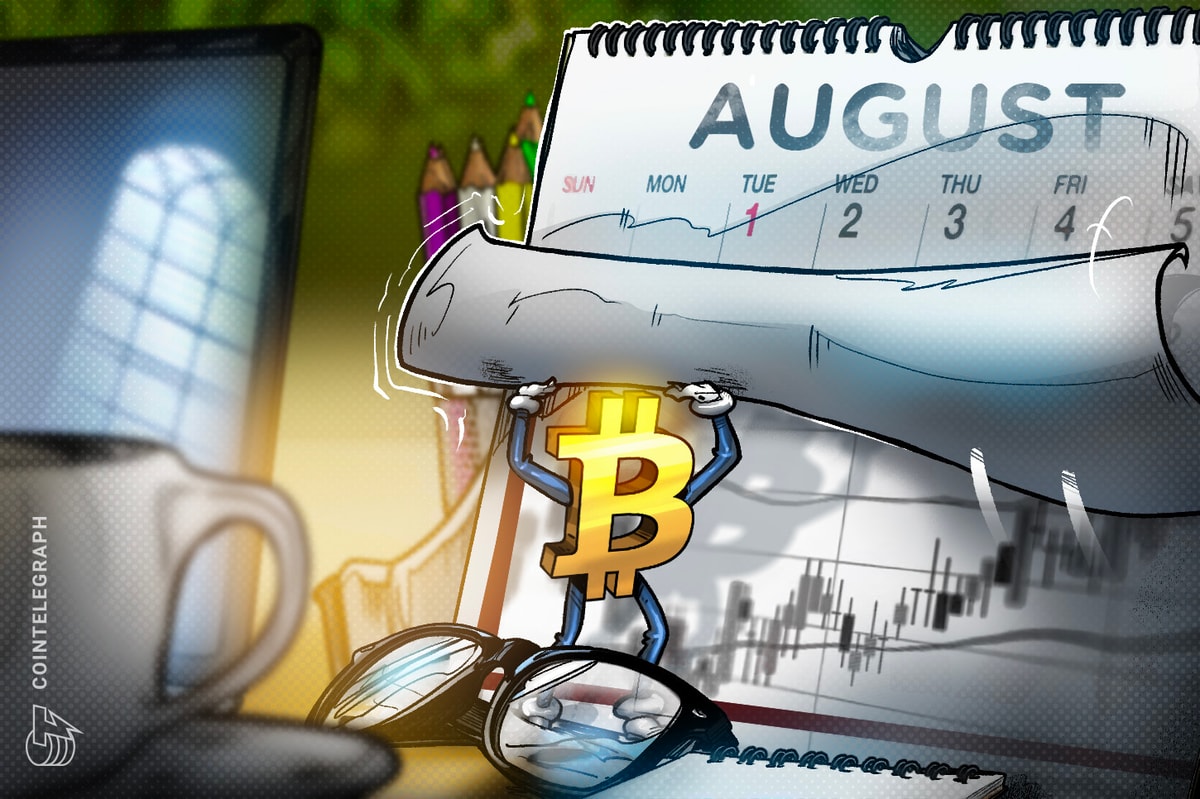The Development Bank of Southern Africa (DBSA) is stepping up efforts to assist struggling municipalities with funds and much-needed reforms.
One example of this is the insistence on ring-fencing revenues from water and electricity, so that these funds are not used for other purposes.
Read: SA targets development finance giants for funds to revive cities
“This is part of our broader commitment at influencing systemic change and ensuring that infrastructure investments are both climate-resilient and governance-sound,” DBSA CEO Boitumelo Mosako said on Wednesday while presenting the bank’s 2025 financial results in Sandton.
“These reforms not only protect the integrity of public services but also unlock investor confidence and long-term impact.”
The DBSA is a standout among state-owned entities, achieving clean audits every year without fail since its inception in 1983.
The bank’s infrastructure delivery division is a catalyst for the state’s plan to roll out infrastructure across the country and has set up a water partnership office to assist municipalities and water boards to scale their projects in partnership with the private sector.
Read/listen:
Inside the Infrastructure Fund’s R102bn investment vision
Establishing water as an asset class
DBSA appoints Boitumelo Mosako as new CEO
It also assists municipalities with planning and implementation support to ensure a higher rate of bankability – currently a key constraint to improved service delivery at local government level.
Unlocking funding
ADVERTISEMENT
CONTINUE READING BELOW
The DBSA approved municipal funding of R4 billion over the last financial year as part of total funding approvals of R57 billion, a 46% increase over the prior year. It is a small part of the bank’s total lending book, but is a key aspect of a ‘high impact’ plan to unlock further funding from other sources and improve service delivery to communities in need.
This type of funding and implementation support provides comfort to other funders and is bringing the kind of accountability and oversight that has been sorely lacking at the local government level.
Mosako highlighted that funds were disbursed to 22 municipalities over the last year, with plans to increase the number of bankable projects in the future.
The value of infrastructure unlocked in under-resourced municipalities was R2.6 billion, with R3.9 billion disbursed to five metros, small and intermediate cities. Most of this funding was allocated to water, roads and energy.
DBSA’s focus on climate resilience is evident in its energy investments. Some R7.2 billion was invested in renewable energy projects generating 1 100 megawatts (MW) of power, alongside a $68 million (R1.2 billion) geothermal project in Kenya generating 38MW.
Read: South African Development Bank aims to double renewable energy program
A further R6.85 billion went to two bulk water schemes, with $20 million (R356 million) invested in the multi-country Infrastructure Acceleration Fund.
Among the projects funded by the DBSA were:
- R3.6 billion for the rebuilding of Parliament in Cape Town, due for completion in November 2026.
- The R5 billion Limpopo Central Academic Hospital, comprising 488 beds and scheduled for completion in May 2028.
- The R1.8 billion 224-bed Siloam District Hospital in Limpopo, due for completion in August 2026; and
- The R245 million Kazungula Water and Sanitation Project in Zambia, completed in June 2025, and delivering water to more than 20 000 residents.
Some 956 local small businesses and sub-contractors were employed in the construction of DBSA-funded projects, with R4 billion in infrastructure delivered by black-owned entities. These projects befitted 35 154 temporary and permanent jobs.
ADVERTISEMENT:
CONTINUE READING BELOW
An additional 1 643 youth were trained in future skills through the bank’s DLabs programme, which promotes micro-entrepreneurship and township economies.
Financial results
Meanwhile, the DBSA reported a record R5.3 billion net profit for the financial year to March 2025, up 14.4% from the prior year.
Operating income increased 12.3% to R8.8 billion, with sustainable earnings up 13.7% to R5.1 billion.
The bank’s cost to income ratio increased marginally to 22% (2024: 21%) and is expected to rise in the coming year due to heavier investments in people and technology.
Total assets climbed 2.3% to R120.9 billion, while the ratio of non-performing loans continues to improve, decreasing to 3.2% in FY2025 from 3.9% in FY2024.
Among the priority projects being explored by the DBSA are Transnet’s R525 billion infrastructure backlog and a R75 billion backlog over the next three-to-five years at the Passenger Rail Agency of SA (Prasa).
This is what is required to get Transnet to achieve a freight volume target of 250 million tons a year by 2030, while Prasa’s target is to reach 600 million passengers also by 2030.
Read: Creecy punts private sector investment for five rail and port corridors
Follow Moneyweb’s in-depth finance and business news on WhatsApp here.

 2 days ago
1
2 days ago
1






















 English (US) ·
English (US) ·